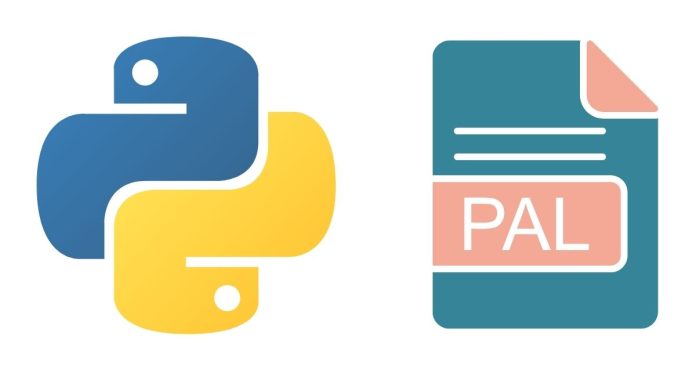In Python, .pkl files (short for “pickle”) are commonly used to serialize (save) and deserialize (load) Python objects. The pickle module allows you to convert a Python object into a byte stream, which can then be saved to a file. This is useful for storing data like trained machine learning models, complex data structures, or large datasets. But how do you “unpack” a .pkl file? This blog post will walk you through the steps involved in loading a .pkl file in Python.
What is Pickling and Unpickling?
Pickling is the process of serializing a Python object into a byte stream. The inverse operation, unpickling, is the process of deserializing a byte stream back into a Python object.
Why Use Pickle Files?
Pickle files are great for:
- Storing machine learning models for later use
- Saving intermediate results of computations
- Caching large objects to avoid recalculating them
- Sharing Python objects between different scripts or programs
However, be cautious when unpickling files from untrusted sources, as they can potentially execute malicious code.
How to Unpack a PKL File in Python
To unpack or load a .pkl file in Python, you can use the pickle module. Here’s a simple step-by-step guide:
Step 1: Import the pickle module
You first need to import the pickle module in your Python script.
import pickle
Step 2: Open the .pkl file
To read from a .pkl file, open it in binary read mode ('rb').
with open(‘your_file.pkl’, ‘rb’) as file:
# Code to load the file will go here
Step 3: Use pickle.load() to Unpack the Data
Once the file is open, use pickle.load() to deserialize the contents of the .pkl file and load the Python object into memory.
with open(‘your_file.pkl’, ‘rb’) as file: data = pickle.load(file) print(data)
In the example above, data will now hold the object that was stored in the .pkl file, whether it’s a list, dictionary, machine learning model, or any other Python object.
Step 4: Use the Unpacked Data
Once the data is unpacked, you can use it just like any other Python object. If the .pkl file contains a machine learning model, you might use the object for making predictions or evaluating its performance.
Example: Unpacking a Machine Learning Model
Let’s say you saved a trained machine learning model using pickle. Here’s how you could load and use that model to make predictions.
import pickle # Load the saved model with open(‘model.pkl’, ‘rb’) as file: model = pickle.load(file) # Assuming you have some data to predict on new_data = [[1.5, 2.3, 3.1, 4.5]] # Example input features prediction = model.predict(new_data) print(f”Prediction: {prediction}“)
Handling Errors When Unpacking PKL Files
When unpickling a .pkl file, there are a few potential errors you might encounter. Here’s how to handle them:
- FileNotFoundError: Raised if the file you’re trying to open doesn’t exist.
- try: with open(‘your_file.pkl’, ‘rb’) as file: data = pickle.load(file) except FileNotFoundError: print(“File not found.”)
- EOFError: Raised if the
.pklfile is empty or corrupted. - try: with open(‘your_file.pkl’, ‘rb’) as file: data = pickle.load(file) except EOFError: print(“The file is empty or corrupted.”)
- UnpicklingError: Raised if the file was not pickled using the
picklemodule, or if there’s a version mismatch. - try: with open(‘your_file.pkl’, ‘rb’) as file: data = pickle.load(file) except pickle.UnpicklingError: print(“Failed to unpickle the file. It may not be a valid pickle file.”)
- Unpacking a
.pklfile in Python is straightforward, thanks to thepicklemodule. With just a few lines of code, you can load complex Python objects that were previously saved. Just remember to always be cautious about unpickling files from untrusted sources, as they could potentially execute arbitrary code.If you’re working with machine learning models or storing large datasets, using
.pklfiles for serialization and deserialization is an efficient way to preserve your data. Happy coding!


